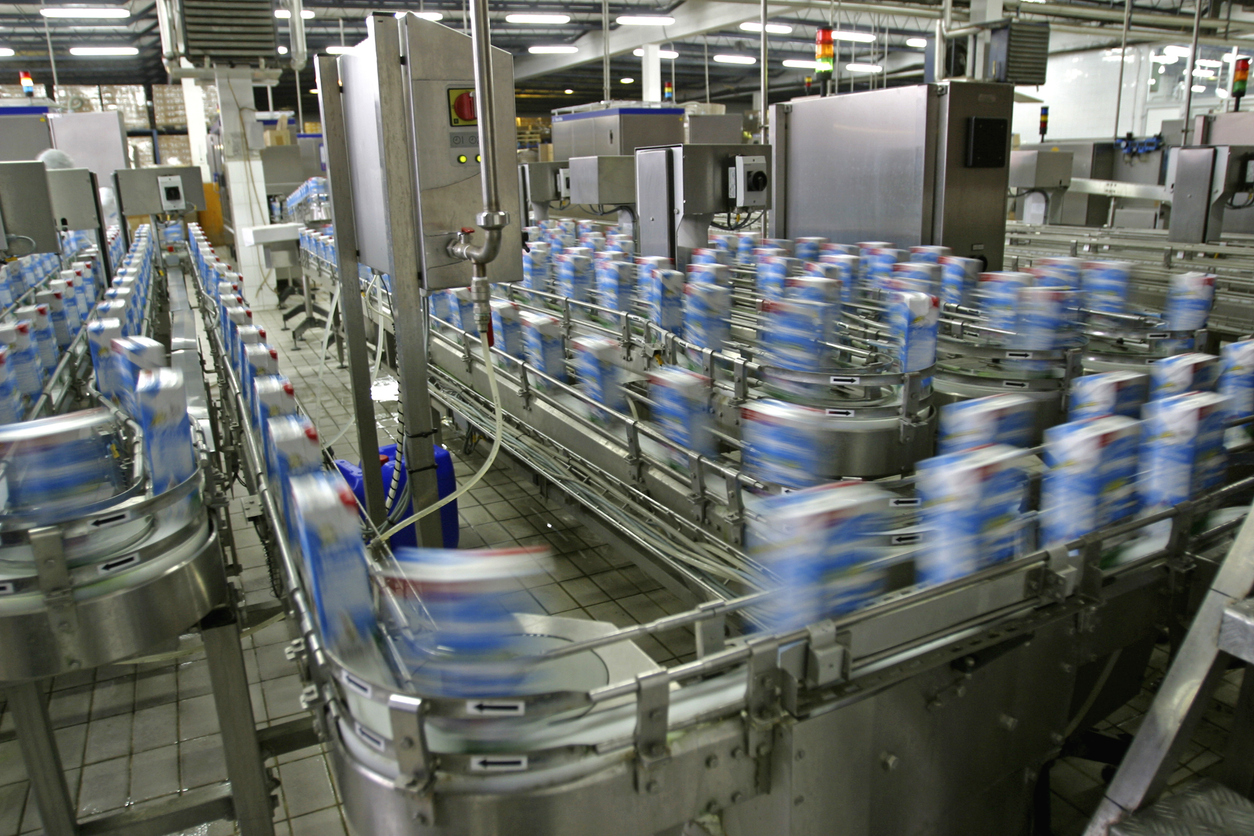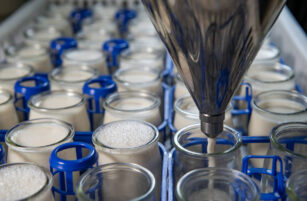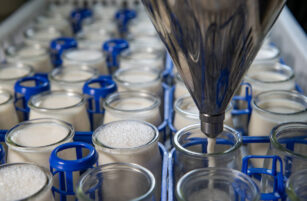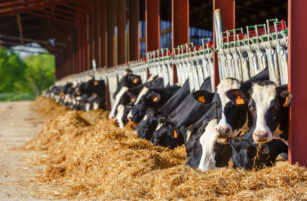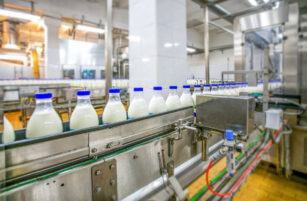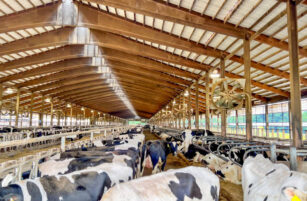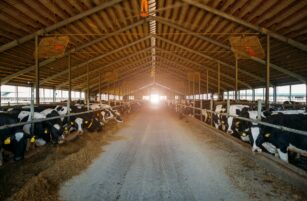Insight Focus
A mixed bag for milk production across Europe. Strong performance in Germany and Poland contrast with lacklustre results in Ireland and France. A cut in the European interest rate could make exports more competitive. Meanwhile, production declines could accelerate due to cold and dry weather in New Zealand.
Mixed Outlooks Across Europe
Many contacts in Western Europe have been commenting to me on the constant grey, wet and cold weather. Hardly the classic start to European summer!
German milk production is continuing quite well. We must remember that 2023 was a very strong year and yet collections this year are showing further small gains to this. France is past its peak and really struggling — its 2024 collections will be the worst in over five years. The UK is also facing weather issues that have hampered milk production. The net result across the “big three” is flat-ish. Through week 16, year-to-date cumulative milk production is down just 0.07%.
Across the wider EU, the milk production landscape varies significantly. In Ireland, the situation is described as “frightening,” with a year-to-date decline of 8%. In contrast, Poland is experiencing an excellent season. Due to stringent regulations affecting Dutch farmers, Poland is poised to surpass the Netherlands to become the fourth-largest milk producer in the EU. Poland may also overtake the UK if the season continues on its current trajectory.
EU Milk Payout Remains Strong
Payouts across the EU remain strong, having averaged above 46c/kg (Euro cents per kilogram) since December 2023 according to EU MMO. I am watching for strong prices to stimulate a strong European “shoulder” period. If this does play out, then watch for quick growth in EU SMP stocks.
Polish milk prices are notably high at circa EUR 47.62c/kg and this is expected to stimulate even further milk production growth there. We should note that Poland is accommodating a significant number of Ukrainian refugees, which is also increasing local fluid milk consumption. However, we do still expect to see surplus Polish powders finding their way into the export market – especially to North Africa.
While there is no rate cut expected from the US Federal Reserve in June, the European Central Bank is expected to cut interest rates later this week. Analysts expect a cut from the record high of 4% to 3.75% is on the cards and June’24 EURIBOR futures already reflect this cut. Any cut would see the euro weaken against the US dollar and thus EU SMP will be more competitive in the global export market.

Non-Fonterra Processors Grow Market Share
The latest milk collection figures for the month of April have been reported by all dairy processors. Production is starting to trail off quickly in New Zealand now, with a 2.64% reduction in April this year compared with 2023.
New Zealand milk production is now up just 0.50% through this Fonterra Financial Year. Given the immateriality of the remaining few months in the period we do still expect a slight positive close to the season, but only just!
In general, the most interesting flow of milk in NZ is from Fonterra in the North Island to non-Fonterra processors. About 4% of the milk production this month followed this swap. The non-Fonterra group netted 34.2 million kgMS in April and their market share growth continues. A 23% share next Fonterra FY should certainly be within reach.

NZ Weather Signals Further Declines
New Zealand had its coldest May in 15 years! The nationwide average temperature in May 2024 was 9.8°C. This is 1.3°C below the 1991-2020 May average from NIWA’s seven station temperature series, which begins in 1909.
It was also dry in most regions, with only a few isolated/minor exceptions relevant to dairy that were at normal rainfall levels. According to NIWA, nearly 30% of New Zealand’s weather reporting stations observed less than half of their usual May rainfall. This weather points to further production declines to come from New Zealand when the May production statistics are reported.

Source: Microsoft AI Image Generator – “A cold and dry New Zealand (with clear skies) leading to milk production reducing quickly during May”
Forward Curve Backwardates
This week’s GDT was broadly a “flat” result, but the SMP and BMP increases were notable, especially at a time of year where New Zealand supply is low, and pricing usually trickles down seasonally.
We have been seeing strong demand for both products in Southeast Asia and MENA – particularly SMP in the latter — in the past fortnight. The weak production at what should be the seasonal peak in Europe (plus long/expensive transit around Africa to Southeast Asia) is pulling New Zealand pricing up at a time of year where there is not much New Zealand product around.
This is reflected in the physical forward curves on GDT, which are in slight backwardation for both SMP and BMP.
ECB rate cuts, a strong EU shoulder combined with a real short-term need for SMP in SEA which can only be met by NZ is likely to see the NZ/EU SMP spread return to more historically “normal” levels. That being NZ SMP trading at an approximately $150 USD/MT premium over European SMP on a FOB basis.

The GDT fat complex remains stubbornly strong. Although prices are in the “highest ever” zone, given the number of buyers trying to look at a longer tenor and cover spot requirements hand-to-mouth, this could continue for some time yet. Strongly backwardated forward curves for both AMF and butter are a clear indicator of these bullish markets.
